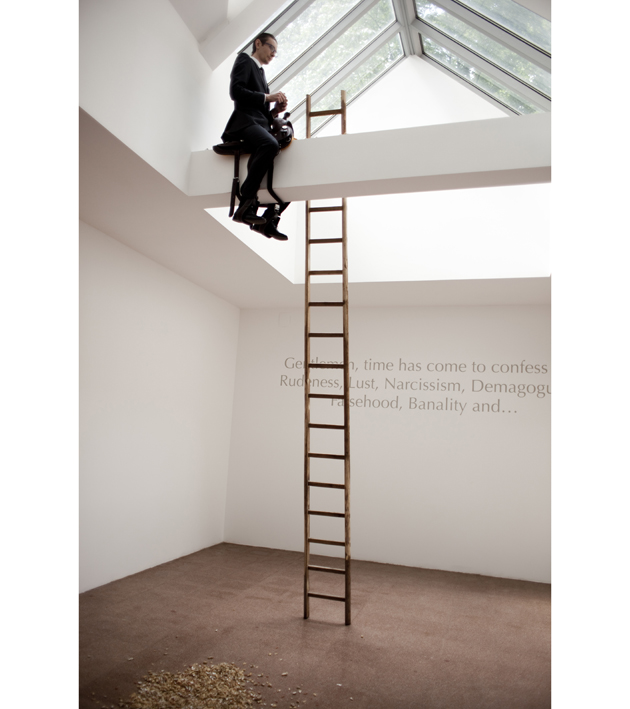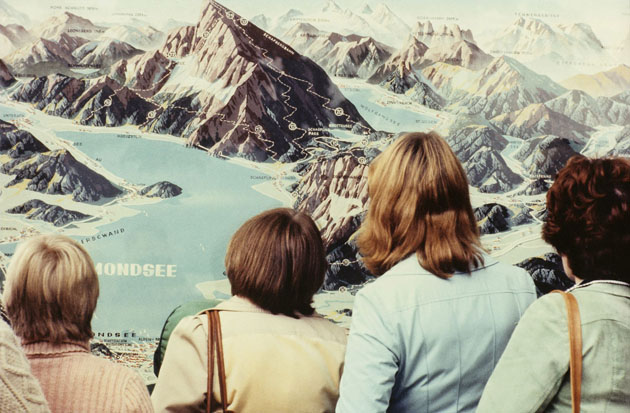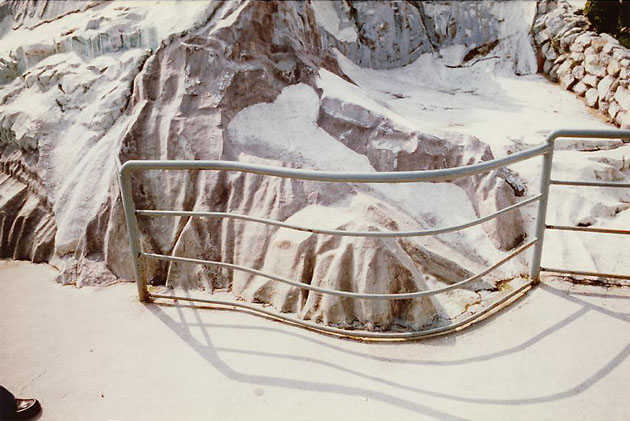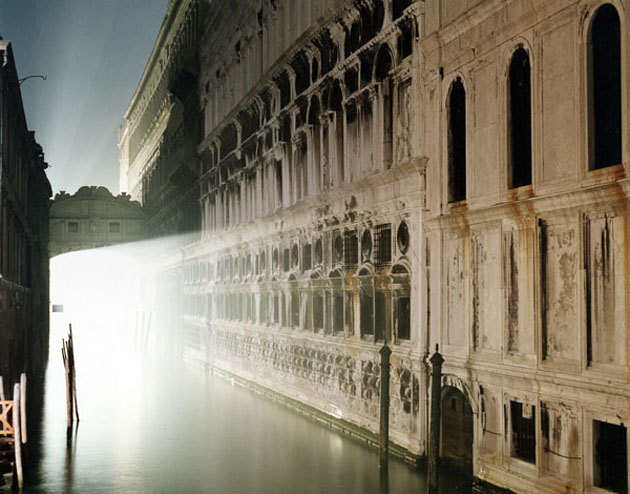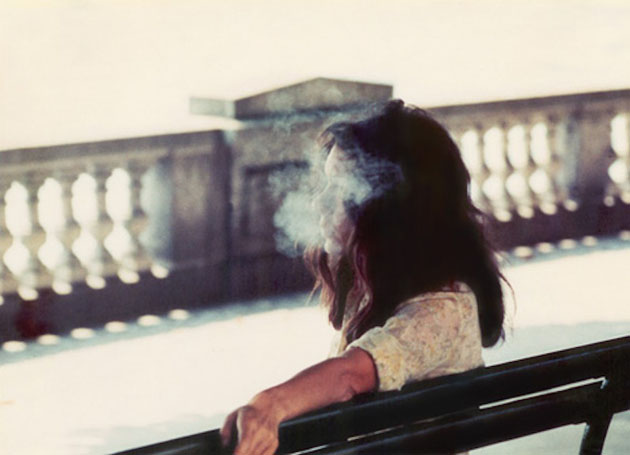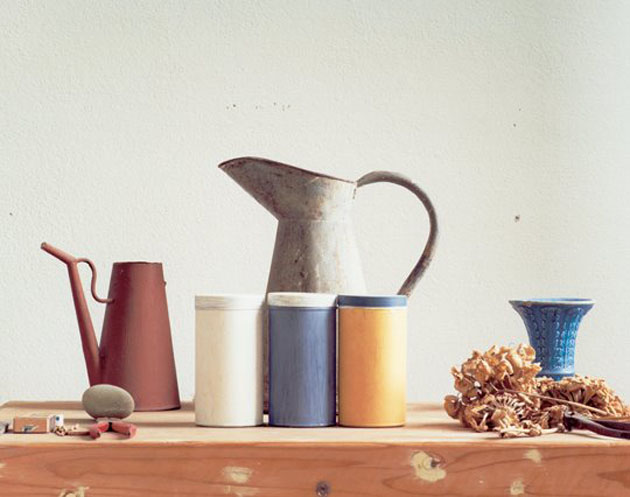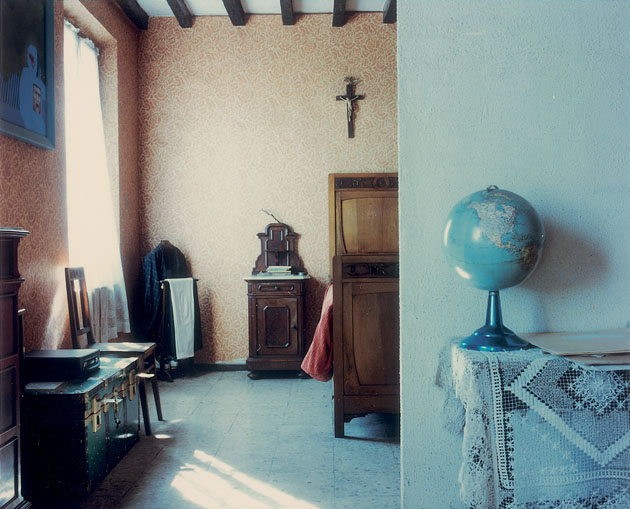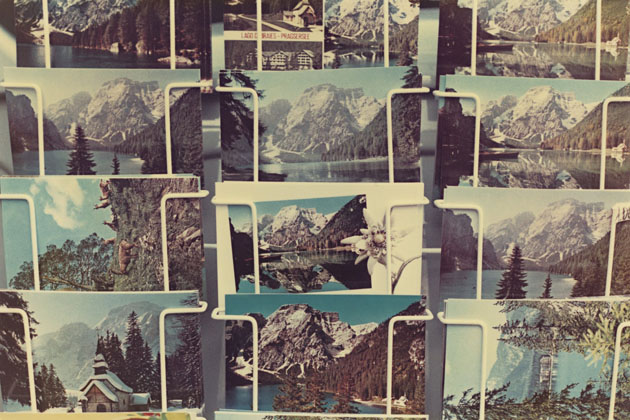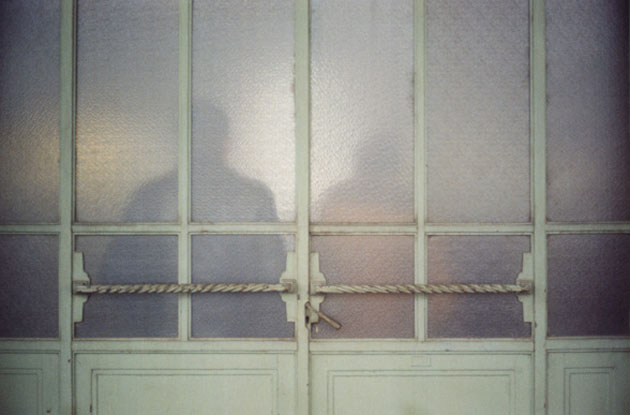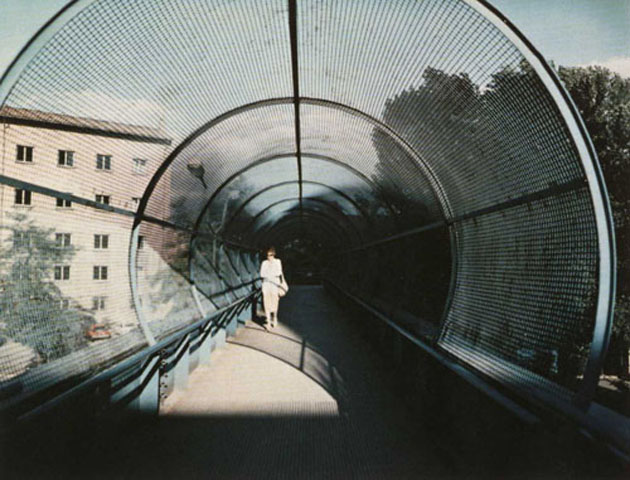After the bellyful of art offered by The Encyclopedic Palace, the next step is making a plan and selecting a personal path not to get lost – and tired out, especially if you have only few time and you keep dragging a hard parties’ night weight around – in the numerous projects proposed by the international pavilions. At the Arsenale a stop at the Italian pavilion is essential. The first thought goes to the drastic reshape achieved by the curator Bartolomeo Pietromarchi who selected, in clear juxtaposition with the mare magnum of the previous edition guided by Sgarbi, only fourteen artists whose works are set up dividing them according to seven couples: Luigi Ghirri and Luca Vitone, Francesco Arena and Fabio Mauri, Piero Golia and Sislej Xhafa, Flavio Favelli and Marcello Maloberti, Francesca Grilli and Massimo Bartolini, Giulio Paolini and Marco Tirelli, Gianfranco Baruchello and Elisabetta Benassi.
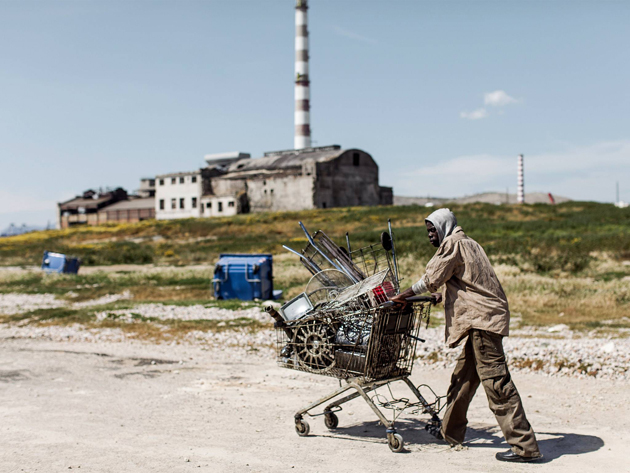
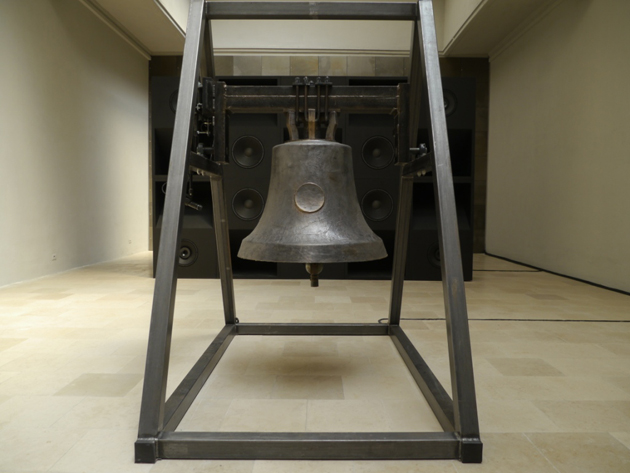
The pictures by the returned-to-life Luigi Ghirri opens the “Journey through Italy” and are exhibited along with the rhubarb notes of the olfactory (sometimes sickly) installation by Luca Vitone that spreads around the rooms. The following conceptual combinations see Arena and Mauri “deal with unresolved gaps in history through the filter of the body and performance”, while referring to culture and pop-folk traditions, Favelli displays a huge cupola made of sheet metal, wood glass, neon and a series of decalcomanias on vintage plates. The installation is positioned just in front of the numerous wood-tables sustained by students, who stand around an impressive marble block, looking up and down in silence, building an unstable balance for Maloberti’s performance, this time less playful than usual (maybe he felt the psychological load of the Biennial). Giulio Paolini closed the show, dialoguing with Marco Tirelli on the theme of art as a joining link between illusion and reality. Thanks to a special project introduced by the curator in February 2013, all the exhibited works have been supported through a gathering of funds.
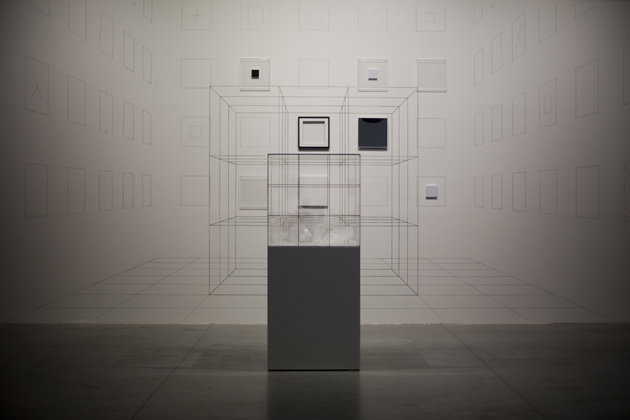
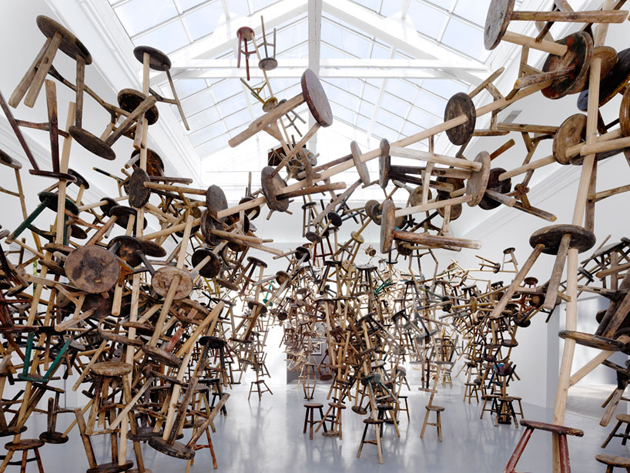
Moving to the Giardini, we stop off at Dutch pavilion where Mark Manders presents his project entitled Room with Broken Sentence, which consists of installations, sculptures, offset print on paper and architectural interventions that create an enigmatic impact through the use of different media: epoxy and painted bronze look like clay and brass reminds of wood. Germany and France, for the first time in the history of Venice Biennale, swap the pavilion and decide not to display national artists. France devotes its space to Anri Sala, Franco-Albanian artist living in Berlin, who takes inspiration from the Concerto in D for the Left Hand composed by Maurice Ravel in 1930, while Germany hosts the works by Ai WeiWei from China, Dayanita Singh from India, Santu Mofokeng, South Africa and, finally, the German Romuald Karmakar.
The Chinese artist, one of the most influential persons of contemporary art, creates a striking installation consisting of 886 wooden stools made by craftsmen that symbolizes WeiWei’s culture and stands for “the individual and its relation to an overarching and excessive system in a postmodern world developing at lightning speed.”
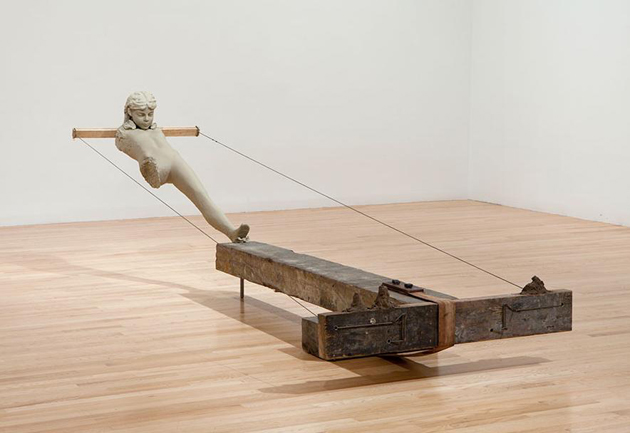
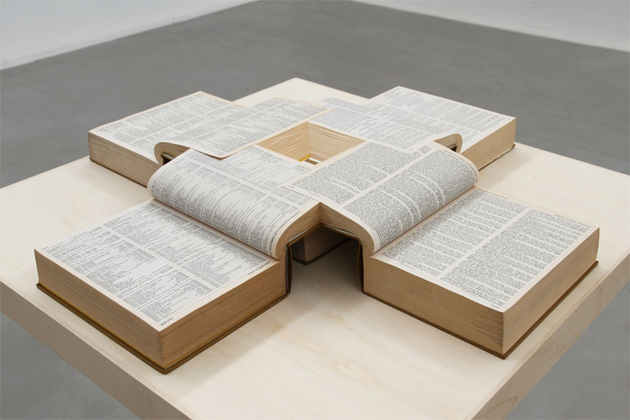
It is worth to visit United States’ pavilion made by Sarah Sze, who develops experimental site-specific installations, which collects myriads of different objects in an obsessive order, a sort of complex work stations that analyze the dichotomy between the difficulty of finding a stability in the world and its constant research. While getting to the touchy and symbolic Greek pavilion by Stefanos Tsivopoulos that reflects on different social classes and different ways of relating to money, we hear the bells ringing in the closer Polish show during the performance by Konrad Smolenski.
The path is still long and there would be many more things to talk about, but we decided to close this piece with the great project by Russia, where Vadim Zakharov displays Danaë, an installation that put up the worst human feelings: from anger to envy, from greed to hate and selfishness. Here a man astride from the ceiling throws peanuts peels careless of people below, and a prie-dieu is disposed in the centre of the room, to not to look up to God, but to direct the views to a dispositive that activates a rain of gold coins, and drive them down to a pile of money. Its disarming simplicity and direct approach turn it in one of the best pavilions of the whole Biennial.
